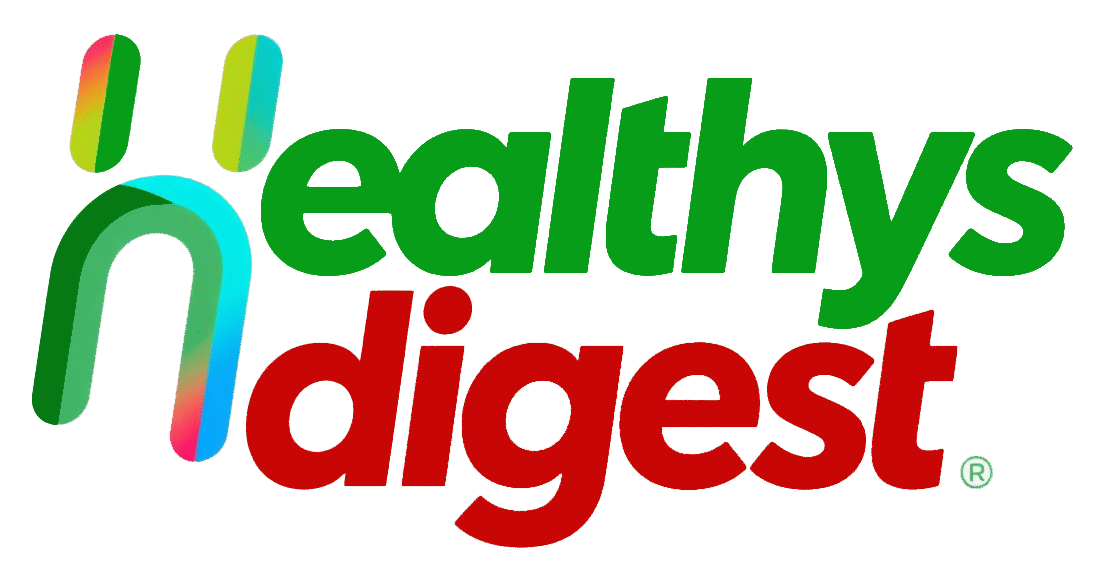In my role as an educator of learning strategies for parents and students of various ages, conversations around attention deficit hyperactivity disorder (ADHD) are becoming more frequent. I often receive inquiries from clients seeking clarification on symptoms, understanding the nuances of a diagnosis, mastering self-advocacy, and discovering effective methods to not just manage ADHD but also leverage its possible advantages.
For a deeper understanding of ADHD’s complexities, I consulted René Brooks, the founder of Black Girl, Lost Keys, who has received an ADHD diagnosis three times—first at age 7, again at 11, and finally at 25. I also reached out to Dana Daniels, the founder and CEO of Blue Sky Learning in Toronto, along with ADHD coach Ellie VanBerkel.
The Context
ADHD is classified as a neurodevelopmental disorder characterized by difficulties in managing attention. It impacts various brain functions that are essential for planning, focusing on tasks, and completing them. In Canada, the estimated prevalence is about 4 to 6 percent in adults and 5 to 7 percent in children, translating to roughly one out of every 21 individuals in the country diagnosed with ADHD.
The Categories
The symptoms of ADHD manifest differently based on subtypes: inattentive, hyperactive, or a combination of both. Individuals primarily exhibiting inattentive symptoms may find it challenging to pay attention to details, resist distractions, follow through on instructions, remember routine tasks, get through lengthy activities, and stay engaged in conversations.
On the other hand, those who display hyperactive symptoms may struggle with remaining still, fidgeting, controlling impulses, interrupting others, or talking and moving excessively. An individual diagnosed with combined ADHD experiences both inattentive and hyperactive symptoms.
The Changes
In adults, ADHD symptoms can emerge differently compared to children: starting new projects before finishing old ones, difficulties in maintaining organization, frequently losing items, engaging in risky behaviors with a disregard for safety, and feelings of forgetfulness, restlessness, impatience, or irritability.
The Contrast
Data indicates that boys are about twice as likely to receive an ADHD diagnosis compared to girls, with certain ADHD subtypes being harder to identify in girls and adults.
However, ongoing research suggests that ADHD may affect girls more than previously acknowledged, indicating a bias in diagnosing ADHD in girls due to the different ways their symptoms may manifest compared to boys.
The Complicatedness
"Girls often do not show hyperactive or impulsive symptoms," points out Daniels, "and may appear inattentive, leading to fewer classroom issues. Socialization encourages girls to prioritize pleasing others, and they can mask their symptoms so effectively that it’s misinterpreted as immaturity or lack of academic capability rather than ADHD. Societal sexism plays a significant role in women compensating for their symptoms."
The Caveat
Daniels cautions that when discussing the ADHD experiences of girls and women, we may inadvertently reinforce a gender binary that excludes transgender individuals. She notes, “This can overlook or neglect the ADHD experiences of transgender individuals, and early diagnoses, coaching, and counseling support are often obstructed for BIPOC and LGBTQ+ women.”
The Current
The gendered approach to diagnosis is aggravated by societal norms, according to Brooks, with pressures on women to manage household tasks like grocery shopping, scheduling appointments, balancing budgets, and cleaning. The lack of support for women managing their ADHD may result in increased stress, resentment, and inadequate mental health care.
The Clarification
"People often perceive us as careless or lazy, uncaring, or rude," Brooks emphasizes. "This stems from the belief that those who struggle with time management, procrastination, and other executive functions lack determination. Such misunderstandings can create significant miscommunications and emotional distress for individuals with ADHD."
The Consult
"When someone faces symptoms negatively influencing their life," Brooks states, "they owe it to themselves to seek investigation as soon as possible." Daniels adds that receiving an "official diagnosis can bring relief, initiate a grieving process, offer reconciliation, or even trigger an identity crisis." Those seeking support before, during, or after diagnosis can consult a psychiatrist, family physician, or psychologist.
The Confirmation
Recognizing someone’s ADHD experiences is as crucial as any intervention, support, or medication. According to Brooks, without acknowledgment, ADHD can lead to behavioral, emotional, academic, occupational, and social issues that diminish overall quality of life.
"Social media platforms can provide valuable information about current practices from individuals with lived experiences who strive to make ADHD strategies and resources more accessible," says Dana Daniels.
Twitter: #NeurodiverseCrew and #ADHDer
Reddit: r/ADHD and r/adhdwomen for tailored support; r/adhdmemes for light-hearted content
TikTok: @howtoadhd and @connordewolfe for trending ideas with humor
ADHD Myths and Misunderstandings
Dana Daniels from Blue Sky Learning highlights several myths and misconceptions about ADHD and encourages a shift in perspective.
“Everyone has ADHD”
Claiming that "everyone has a bit of ADHD" only fuels stigma and undermines those genuinely impacted by executive dysfunction. This belief can deter individuals from seeking help for a condition related to planning, organizing, and executing tasks.
“You’re just lazy! Try harder! Dig deep!”
Individuals with ADHD experience executive dysfunction that obstructs their ability to complete tasks. Statements like these from family, friends, and coworkers can create a non-supportive environment and silence those with this invisible disability.
“Why are you so sensitive?”
Individuals with ADHD may exhibit varying reactions to sensory input, including seeking, avoiding, sensitivity, or low registration of environmental stimuli. Thus, ADHD coaching involves setting co-created goals to make sensory experiences more manageable.
Supplemental Supports
Dr. Caroline Meyer, a naturopathic doctor and reiki master, emphasizes that well-studied interventions for ADHD include a Mediterranean, vegetable-rich diet and limiting screen time. Furthermore, preliminary studies suggest that specific supplements may be beneficial:
- Omega-3 fish oil
- Ginkgo biloba
- Ginseng
- B-complex vitamins
Iron has proven effective in enhancing focus in children who have low iron levels and may improve the efficacy of medications. Zinc could help reduce agitation and aggressive behaviors in certain children with ADHD. Melatonin may assist adults struggling with sleep issues associated with medication use, as sufficient sleep is critical for mental focus and attention. L-theanine has been shown to effectively enhance attention and improve mood in children with ADHD.
ADHD: The Clues
Symptoms and behaviors associated with ADHD generally appear by the age of seven but can emerge earlier. In about half of the cases, ADHD symptoms persist into adulthood. At its core, attention regulation challenges manifest as difficulties in maintaining focus, excessive focus, transitioning focus, and setting focus boundaries.
Self-Diagnosing Dangers
A brief internet search can lead even the most health-aware individuals to believe they may suffer from various conditions and disorders. The risk of self-diagnosing ADHD lies in the potential for individuals to undertake unnecessary treatments. For children, being labeled with ADHD can influence their self-image during identity development. Therefore, a psychoeducational or other formal assessment is essential for an accurate ADHD diagnosis.





